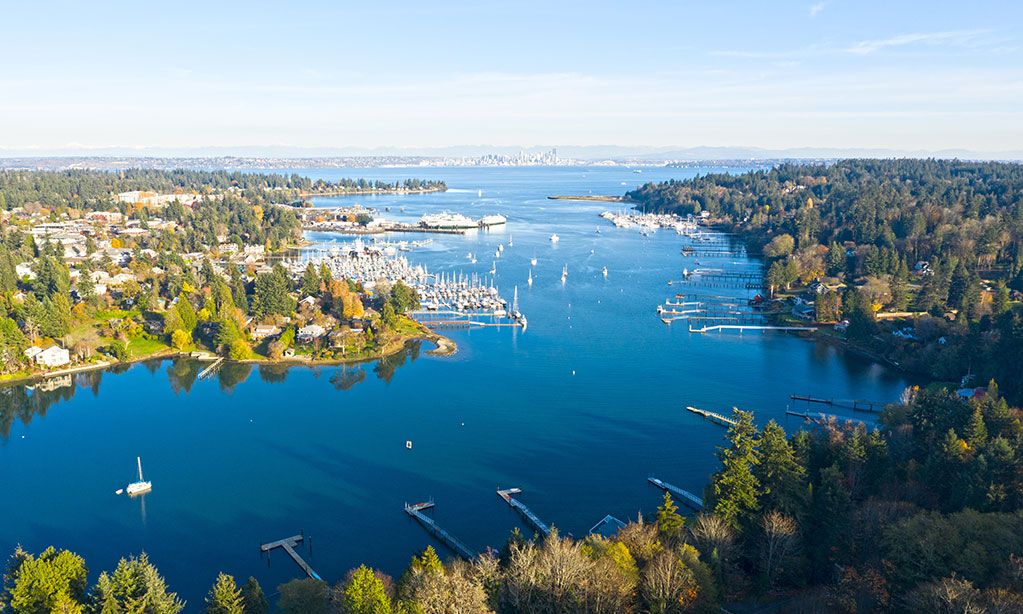

(Updated 9.14.23) Definition of Waters of the United States “WOTUS”
When Congress created the term “navigable waters” in the 1972 version of the Clean Water Act (CWA), they simply defined it as “Waters Of The United States” (WOTUS). Many of the programs established under the CWA pertain to these waters; but the task of defining what exactly a WOTUS is was left up to the US Environmental Protection Agency (EPA) and US Army Corp of Engineers.
During the next four and a half decades, the definition of WOTUS was interpreted very differently by states and municipalities. It was even contested in courts on numerous occasions. Final rules were enacted and later rescinded.
The current rule, effective September 8, 2023, considered several previous rules and court cases and solicited comments to provide the scope for which waters are to be protected under the Federal Clean Water Act and which are not covered. The definition is important because it affects the implementation of rules governing water quality standards; determines spill prevention, preparedness and response program needs; and influences decisions regarding the restoration of impaired waterbodies.
Waters of the United States (WOTUS)
-
ARE under the jurisdiction of the Clean Water Act :
-
Waters that are currently used, were used or may be used in interstate or foreign commerce, including all waters which are subject to the ebb and flow of the tide
-
Territorial Seas
-
Interstate waters and wetlands
-
Impoundments of water
-
Tributaries that are relatively permanent, standing or continuously flowing; or that significantly affect the chemical, physical, or biological integrity of covered waters
-
Wetlands with a continuous surface connection to bodies of water that are WOTUS
-
Intrastate lakes and ponds, streams, or wetlands that are relatively permanent, standing or continuously flowing bodies of water; or that significantly affect the chemical, physical, or biological integrity of waters
-
ARE NOT under the jurisdiction of the Clean Water Act :
-
Waste treatment systems, including treatment ponds or lagoons, designed to meet the requirements of the Clean Water Act
-
Prior converted cropland designated by the Secretary of Agriculture
-
Ditches in dry land and that do not carry a relatively permanent flow of water
-
Artificially irrigated areas that would revert to dry land if the irrigation ceased
-
Artificial lakes or ponds used to collect and retain water for such purposes as stock watering, irrigation, settling basins, or rice growing
-
Artificial reflecting or swimming pools or other small ornamental bodies of water created for primarily aesthetic reasons
-
Water-filled depressions and pits created while construction or excavation activities are in progress
-
Swales, gullies, small washes and erosional features with low volume, infrequent, or short duration flow
Related Articles
Subscribe for Updates:
Sign up here to get the latest news, rules, and regulations and delivered right to your inbox.